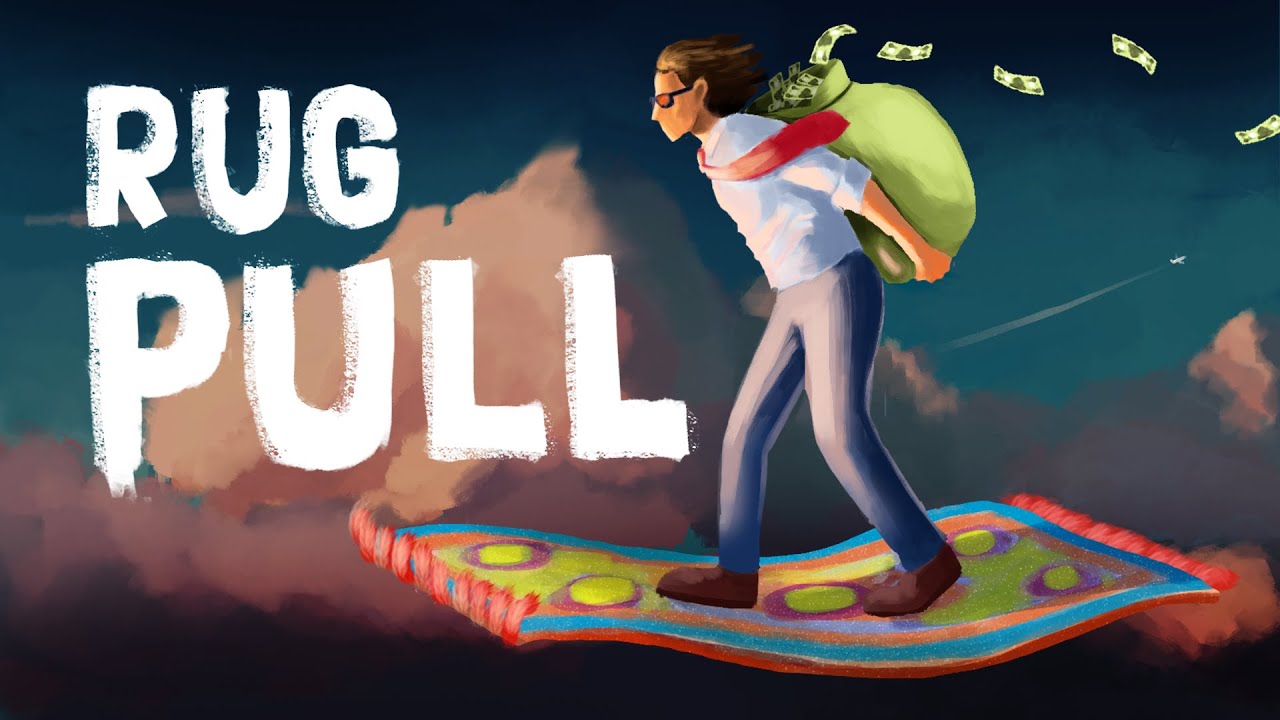Key Takeaways
- A rug pull is a type of crypto scam where developers abandon a project and steal investor funds.
- Rug pulls remain a major risk in 2025–2026, especially in decentralized finance (DeFi) and NFT projects.
- Awareness, due diligence, and secure platforms are essential to avoid losing money to a rug pull.
Introduction: Rug Pulls in the Era of DeFi and NFTs
As decentralized finance (DeFi) and blockchain technology expand rapidly in 2025–2026, new opportunities come with new risks. One of the most notorious threats is the rug pull. But what exactly is a rug pull, and why does it continue to plague crypto markets?
A rug pull occurs when project creators or developers suddenly abandon a crypto project and take all the invested funds. These scams can happen in DeFi protocols, NFT collections, or token launches and often leave investors with worthless assets and empty wallets.
The Mechanics: How Rug Pulls Happen
Rug pulls typically occur in the following ways:
1. Liquidity Rug Pull
- Developers create a token and pair it with another asset in a liquidity pool on a decentralized exchange (DEX).
- Investors buy the token, boosting liquidity and value.
- The developers then withdraw all liquidity, causing the token’s price to crash to near zero.
2. Exit Scam
- Developers raise funds via an Initial Coin Offering (ICO), token sale, or NFT drop.
- Once enough capital is raised, the team disappears, leaving investors unable to recover their money.
3. Fake Partnerships or Marketing Hype
- Scammers use misleading marketing, fake endorsements, or cloned websites to lure investors.
- The project may appear legitimate until the team withdraws funds unexpectedly.
Why Rug Pulls Remain a Risk in 2025–2026
Despite increased awareness and regulatory attention, rug pulls continue to thrive because:
- Rapid innovation: DeFi and NFT projects launch quickly, sometimes without audits.
- Global access: Anyone can create tokens or smart contracts, making scams accessible worldwide.
- High incentives: Investors chase high-yield opportunities, making them vulnerable to hype.
- Anonymity: Many developers operate pseudonymously, making it difficult to trace or prosecute fraud.
Signs a Project Might Be a Rug Pull
Before investing, users can watch for warning signs:
- Anonymous or unverified developers
- No clear product or roadmap
- Liquidity that can be withdrawn by the team
- Overhyped marketing with promises of unrealistic returns
- Lack of independent audits or security reviews
Vigilance and research are crucial tools to reduce exposure to scams.
How to Protect Yourself from Rug Pulls
Even in 2025–2026, investors can take steps to mitigate risks:
- Use reputable exchanges and platforms – Centralized exchanges often list vetted tokens.
- Check audits and code transparency – Projects with verified smart contracts are safer.
- Diversify investments – Avoid putting all funds into a single project.
- Research the team – Look for verified identities, track records, and public activity.
- Beware of too-good-to-be-true returns – High-risk rewards often signal potential scams.
Conclusion: Staying Vigilant in a Rapidly Evolving Crypto Market
Understanding what a rug pull is is essential for safely navigating crypto markets in 2025–2026. While DeFi and NFTs offer exciting opportunities, they also attract bad actors seeking to exploit investors.
By performing due diligence, using secure platforms, and learning the warning signs, users can enjoy the benefits of decentralized finance while minimizing the risk of losing funds to rug pulls. Awareness is your best defense in the fast-moving world of crypto.




